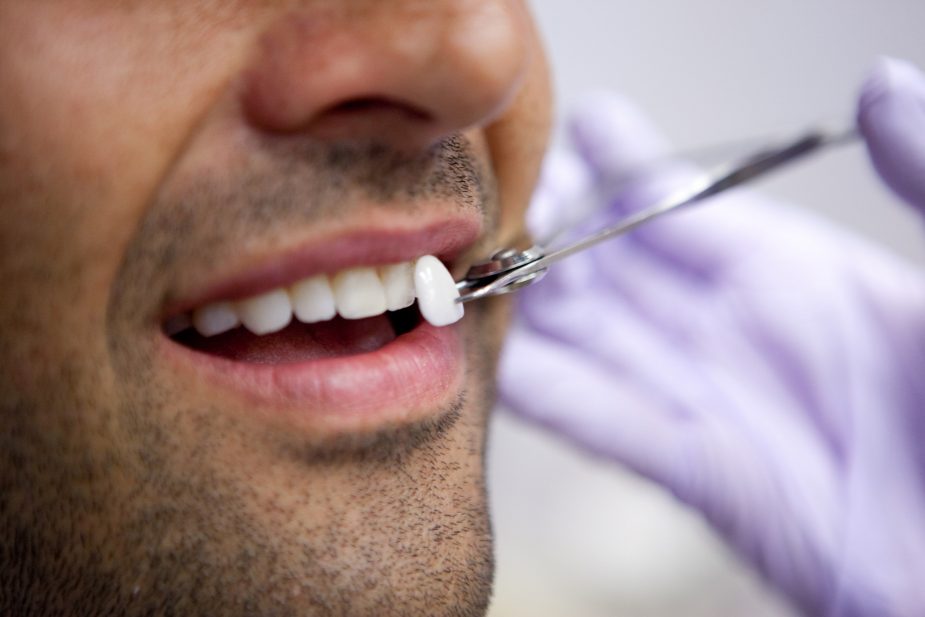Veneers are thin, custom-made shells that dentists place on your teeth to boost your smile and dental appearance. Most veneers are made from porcelain and composite resin materials. They correct many dental disorders, including teeth staining, chipping, or breaking. Most individuals use veneers Irvine on the anterior teeth. You can have veneers on one damaged tooth, but fixing them on six or eight teeth is better to achieve a symmetrical look. Veneers are suitable if your teeth do not improve after other dental treatments like whitening, braces, and retainers. There are various types of veneers, and here are some.
Porcelain veneers
Porcelain veneers are the most common type. They are fully customized, tooth-colored, and made from ceramic materials. Unlike composite veneers, they resist staining. Porcelain veneers resemble your regular teeth, giving you a natural look, and can withhold a certain extent of biting pressure. They are biocompatible, which does not negatively affect your gums and other surrounding mouth tissues. Porcelain veneers are durable, lasting between ten to fifteen years. Porcelain veneers require several dental treatment sessions for full placement.
Composite veneers
Composite veneers are made from composite resin, a combination of organic and inorganic substances. Compared to porcelain veneers, they do not last long and poorly resist staining. Composite veneers require only one treatment session for complete placement, and your dentist must recontour your teeth. Dentists can repair damaged areas if composite veneers chip. Composite veneers are comfortable and do not injure the surrounding tissues or neighboring teeth. These veneers can last five to seven years.
Palatal veneers
Onlays are usually used to restore posterior teeth, but palatal veneers, also called palatal Onlays, restore anterior teeth. They can be made from porcelain laminates, composite resin, or gold. Palatal damage to the anterior teeth can result from a deep bite, bruxism, and dental erosion. Erosion can be caused by long-term vomiting or severe acid reflux. Palatal veneers only correct the damaged area leaving the rest of your teeth intact.
Lumineers
Lumineers are ultra-thin and translucent veneers, and they are reversible. They resemble the color and shape of your tooth. The ultra-thin characteristic makes tooth reduction or recontouring unnecessary before placement. Compared to traditional veneers, Lumineers are prone to chipping, but if you take care of them, they can last up to over ten years. They can last longer than porcelain and traditional veneers. They have smooth surfaces and appear natural.
Removable veneers
Removable veneers are minimally invasive and non-permanent. They do not look natural, like permanent veneers. Removable veneers increase the risks of plaque accumulation and can injure your gum tissue. There are two forms of removable veneers; instant and custom snap-on veneers. During instant veneer placement, your dentist must place them in hot water and then press them on your teeth. For custom snap-on veneers, your dentist takes an impression of your teeth to design them.
Veneers are custom-made shells that change your tooth’s size, length, shape, and color to improve your smile. Various types of veneers are based on the materials they are made from and their functioning. The standard veneers are porcelain, Lumineers, composite, palatal, and removable veneers. Schedule an appointment at Smile by Design Dental Group for veneer placement to improve your dental appearance.







